Strength Training for the Youth Athletes
One of the most common questions we hear from parents of youth athletes is whether or not strength training is safe for youths? Is it something they should do? Will it alter their growth?
The answer is: Strength training is not inherently dangerous. Research suggests the opposite is true, that youth can benefit from strength training. However, there is a level of due diligence required for this. The most common reason youth athletes are injured in strength training is improper coaching, technique, and focus on quantity over quality. Youth participating in a supervised strength training program with a qualified coach can improve strength, speed, and coordination and reduce the frequency and severity of injuries. Another significant benefit is the improved psychological well-being it can have. There is no specific age at which strength training should begin. However, having the maturity to accept and follow directions is essential. These are some factors to consider before a youth athlete begins strength training.
First and foremost, it is all about technique!
Form sets the foundation, and technique should be the top priority for a beginner in strength training, whether as a youth or an adult. The better the form, the safer the lift will be. Proper technique will allow an athlete to experience all of the benefits of strength training, including improved body awareness, coordination, range of motion and the potential to continue to grow and improve. Learning proper techniques can take time, and patience is essential while learning lifts. Once basics are mastered, then the lifts can be built upon.
Effective Programming and Coaching
Although the internet can be a great source of information, having a qualified coach training youth athletes is ultimately the best way to ensure that strength training is safe. Injuries occur with improper loading and technique, and therefore having someone supervising strength sessions that is well versed in these can mitigate the risks. Programming is unique for everyone, and what works for one person does not always work for the next. It is essential to have a qualified coach who can program your technique, establish adequate rest days, and how to effectively increase the intensity, all the while keeping athletes engaged. Additionally, programming should account for rest and recovery days and consider other activities someone is participating in. Coaches can provide programming that gives athletes the tools to maintain a healthy and active lifestyle as they enter adulthood. Learning about your strength coach's qualifications, background, and experience is essential.
Prioritize Compound Movements
What is a compound movement? These are exercises that work for multiple muscle groups and involve movement at multiple joints at the same time. They are typically movements that can move more weight and are known to fatigue the whole body. Examples include squats (see our blog about squat form), deadlifts, pull-ups, and an overhead press.
An isolation exercise challenges only one muscle group and involves one joint movement. These are exercises like bicep curls, leg extensions or hamstring curls. Isolation exercises or “accessory” work can be used to target specific muscles and muscle imbalances. However, to build full body strength and stability, compound movements are what should be focused on. This ties into the first two topics discussed in this blog post. Proper technique and coaching/ programming that understands this will benefit youth long-term.
A comprehensive approach to training.
An essential component of strength training for youth athletes combines exercise with a comprehensive approach to health and wellness, including nutrition and rest. Proper nutrition includes nutrient-dense foods that provide sufficient energy, essential vitamins, and minerals.
Rest (proper sleep, rest days and appropriate breaks during workouts) helps youth athletes recover after strength training sessions, allowing them to build and maintain muscle strength, endurance, and performance. Additionally, nutrition and rest are essential for proper growth and development, both physically and mentally. At Move RX Dr. Col will educate her clients on the importance of proper nutrition and adequate rest.
If you are a parent in Kelowna and are considering putting your youth athlete in strength-based training, please reach out to Move RX – Kelownas Performance and Wellness clinic. The clinic owner and operator, Dr. Christine Col, can answer your questions.
Dr. Christine Col
Dr. Col has a long history of athletic achievement, which includes becoming a Nationally Qualified Olympic Weightlifter, Varsity soccer player, competitive volleyball player, with a few podium finishes at local Crossfit events. Dr. Col’s experience provides her clients with an excellent understanding of the needs and demands of the human body and the importance of recovery and self-care. If you have a question, click the button below, or call us at 250-717-8445.
Click here to learn more about Dr. Col, or learn more about Move RX’s Mobility Classes.



